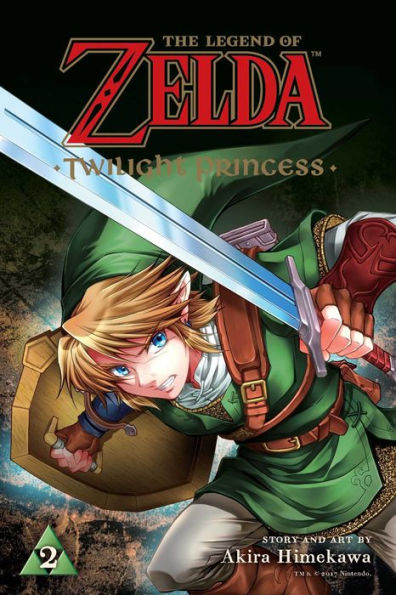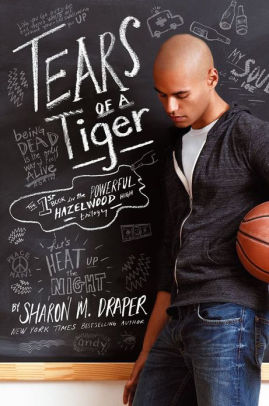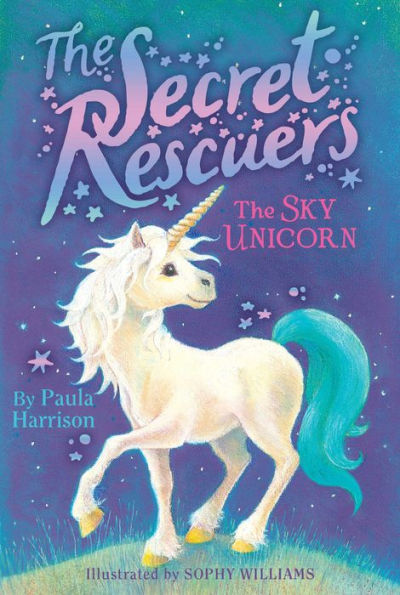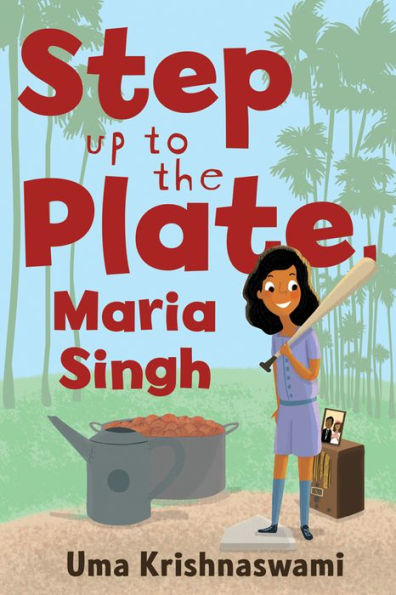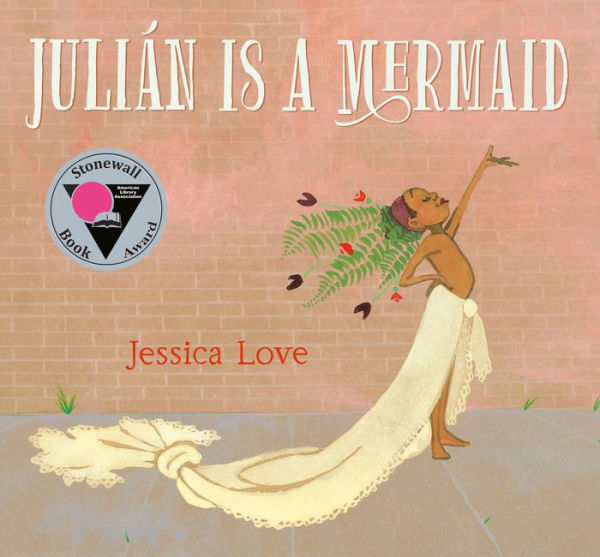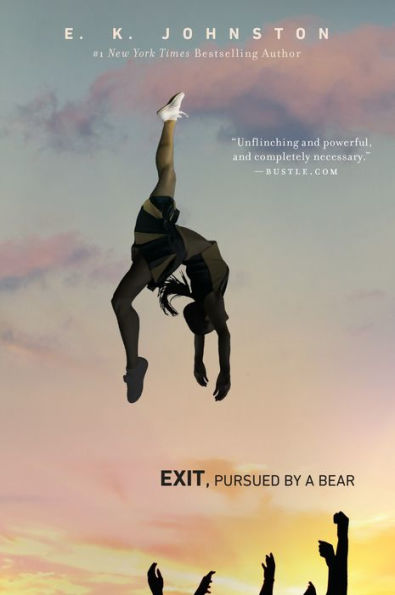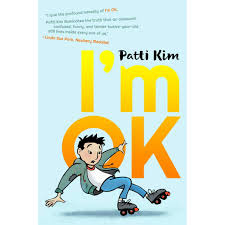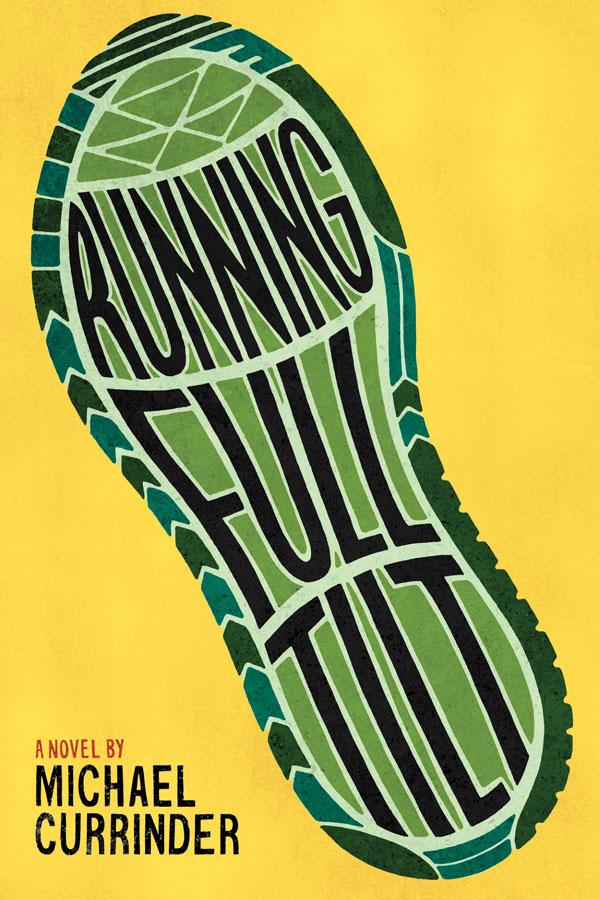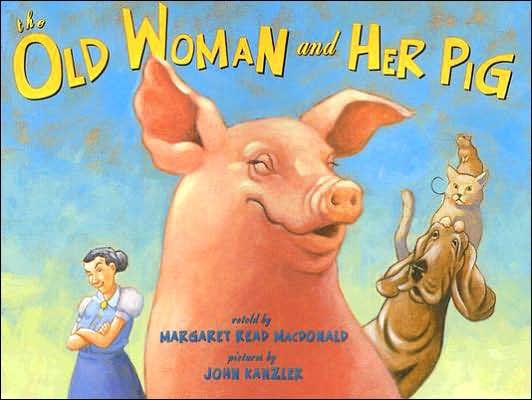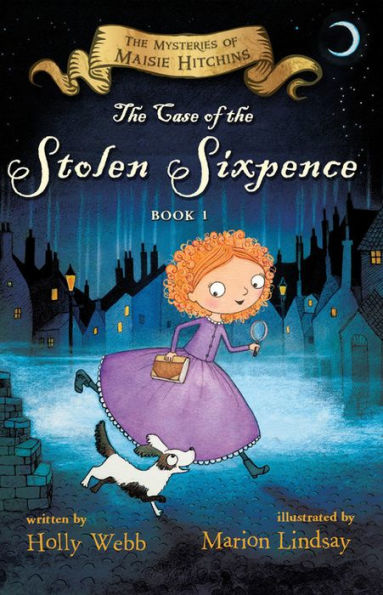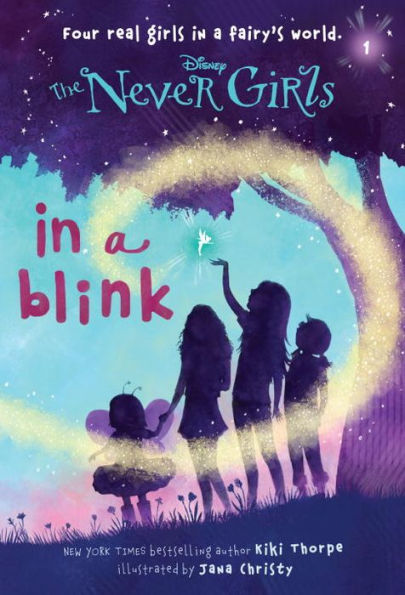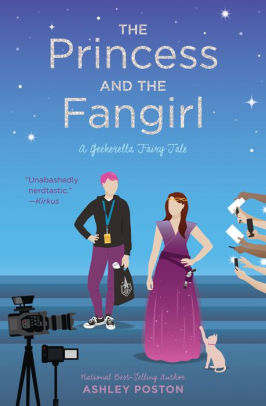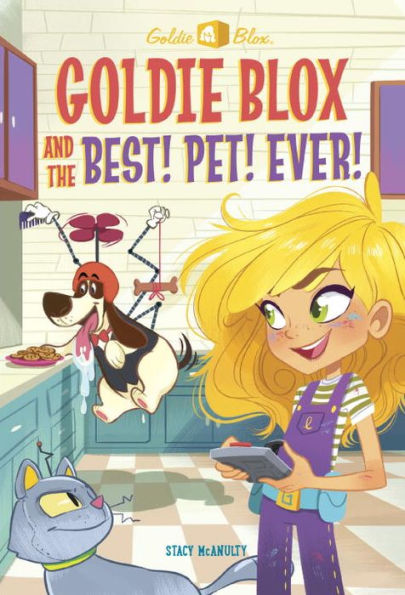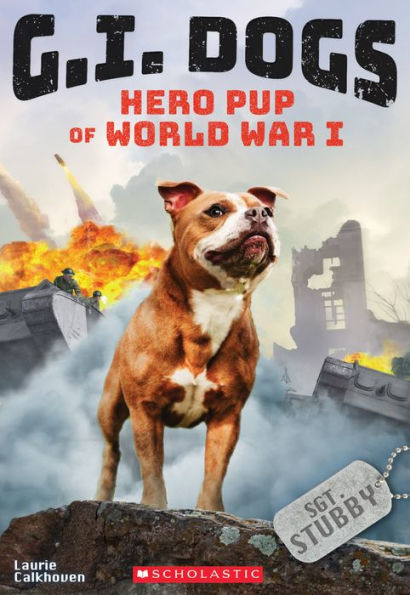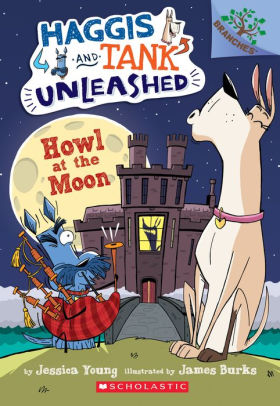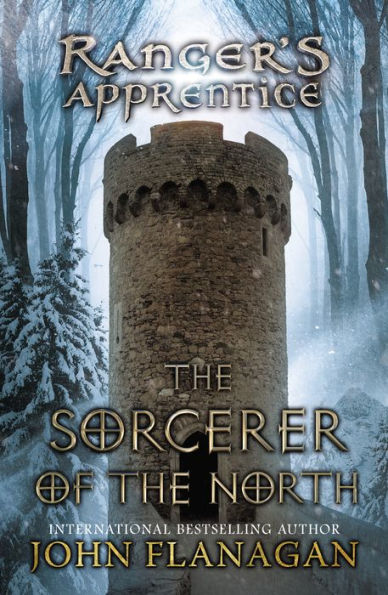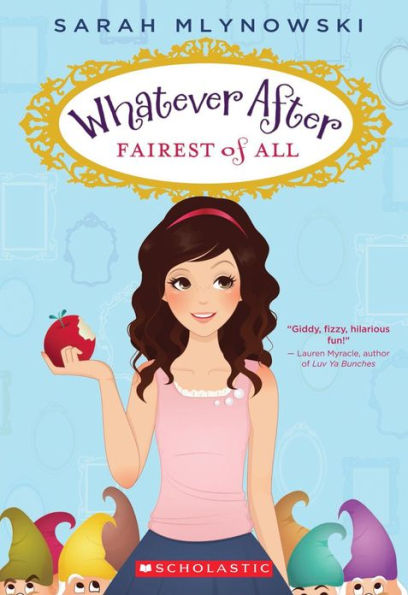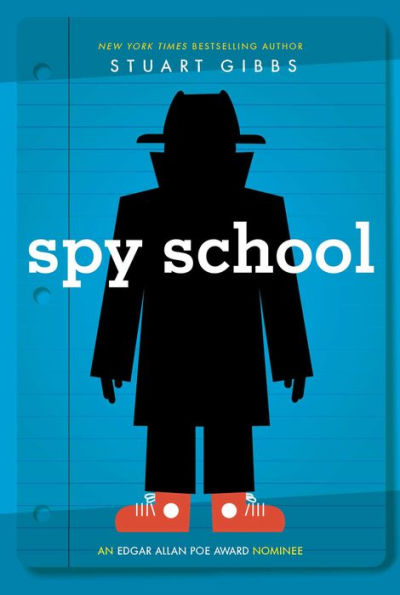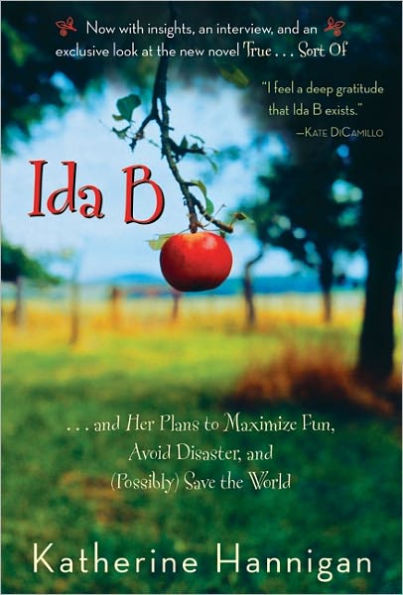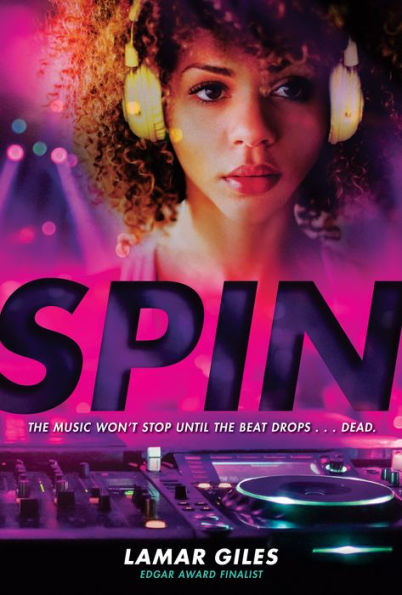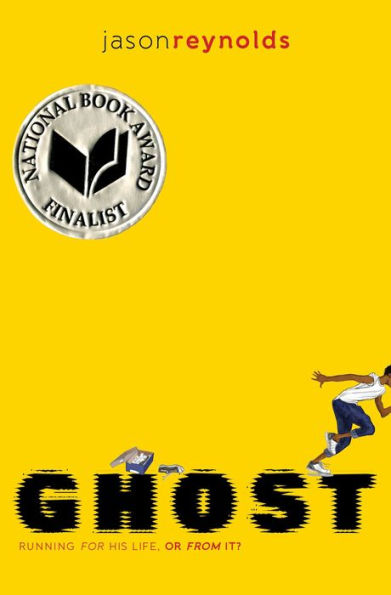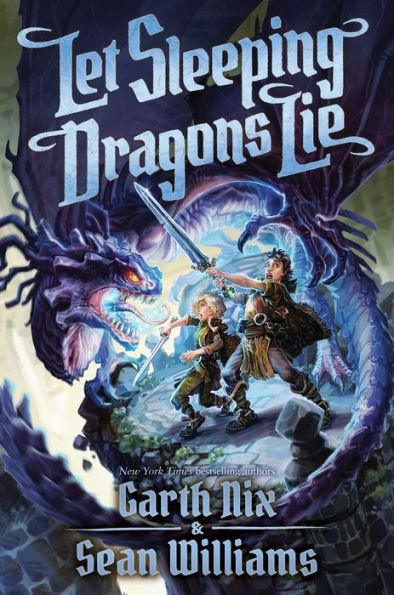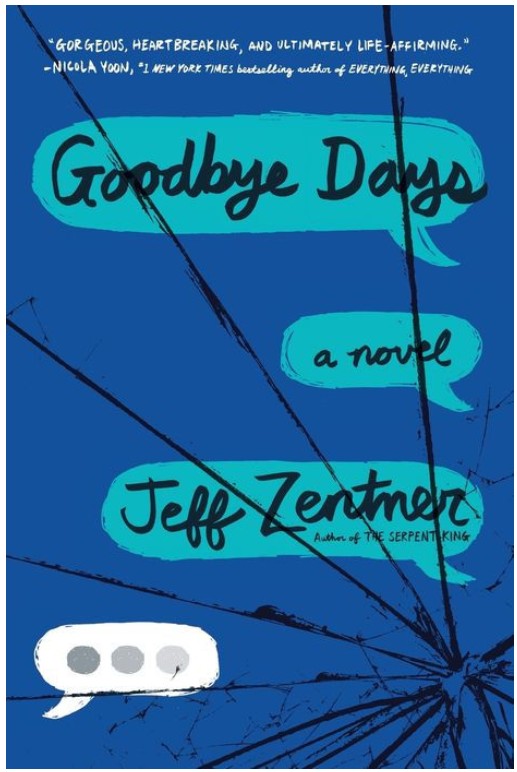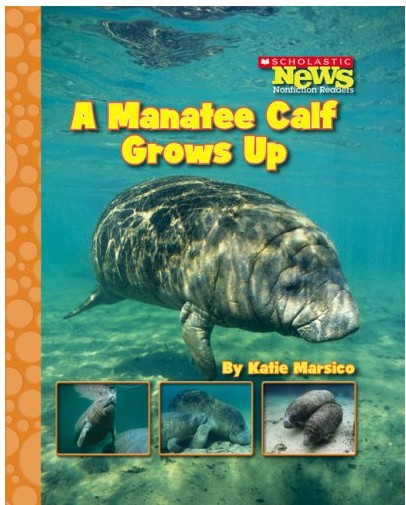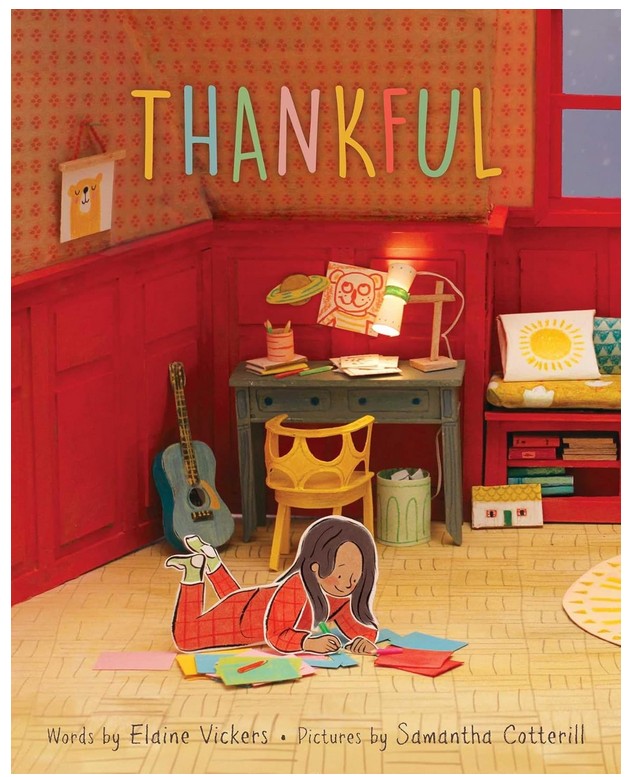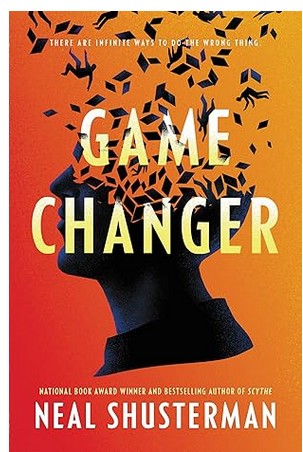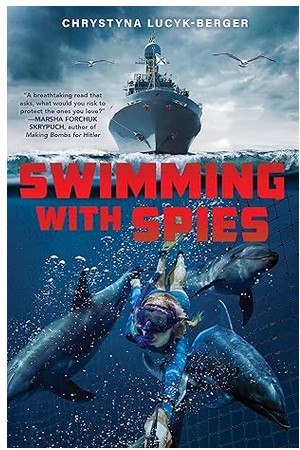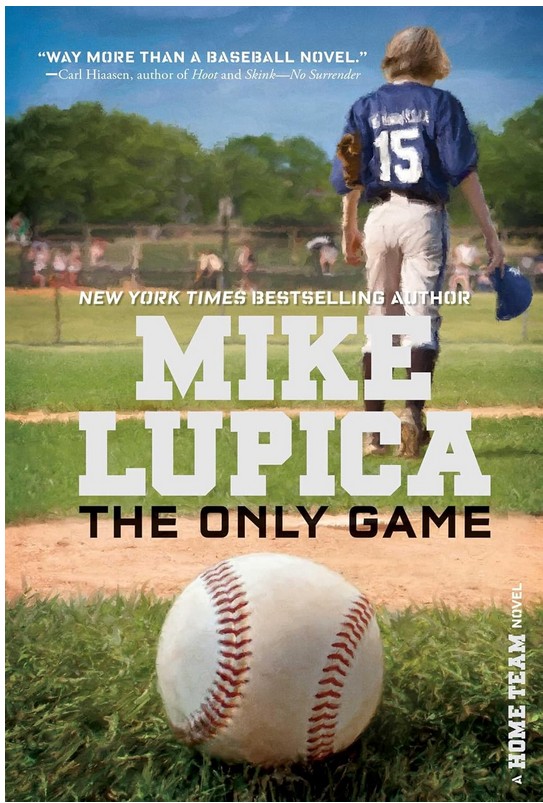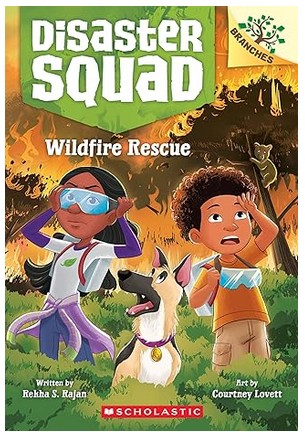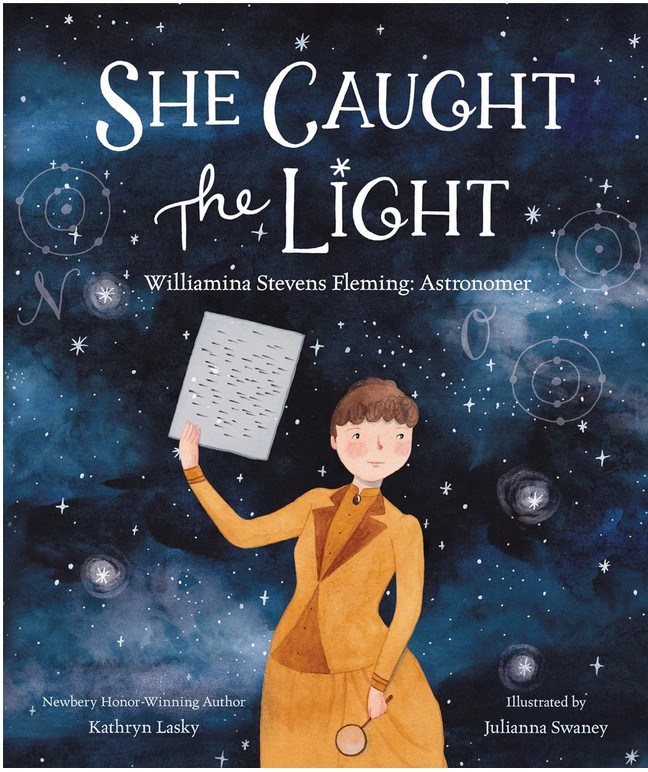Ok’s life takes a dramatic turn for the worse when his father dies. His mother works three jobs, yet barely makes ends meet. Ok feels that as the man of the house, he should help pay the bills. As a twelve-year-old, he has little opportunity to make money. He hopes he can win the cash prize at the school talent contest, but he can’t sing or dance, and he has no magic up his sleeves. With no talent, he has to come up with another business.
Soon, Ok is braiding hair for the girls at school, but the girls can’t pay him much. His braiding business makes Mickey McDonald notice him. The girl, with a larger-than-life personality, wants to be his friend. Ok is used to being by himself, and he doesn’t want to be friends with Mickey, who will distract him from his mission—making money.
Life gets worse when the pushy deacon at their Korean church starts wooing Ok’s mom. Ok doesn’t want his mom spending time with the deacon. His mom is so caught up in the deacon that she doesn’t even notice Ok anymore. Feeling lost and confused, Ok comes up with an exit strategy. Will being totally alone, give Ok the peace he needs?
I’m Ok deals with the difficult topics of grief, poverty, racism, and friendship. Even though the story highlights the importance of friends, Ok’s story is often dark and depressing. At school, Ok is bullied and made fun of because he’s Korean. He reluctantly becomes friends with Mickey, who is self-assured but also ignored by many of the students. The two team up to win the school talent contest, and Mickey begins teaching Ok to skate. Mickey spends time with Ok, gives him a pair of skates, and is kind to him. Despite this, the only thing Ok cares about is winning the contest’s money. At one point, Ok even steals from Mickey’s mother. While Ok’s homelife is understandably difficult, his negative reaction to all events and his self-centered, mean personality make it difficult to feel compassion for him.
Ok spends time reminiscing about his father, who he clearly misses. Even though Ok grieves for his father, most of Ok’s memories of his father are negative. His father treated both Ok and his mother terribly. For example, Ok’s father would talk under his breath, “loud enough that I could hear, but soft enough so I felt guilty about eavesdropping, ‘When’s this idiot going to be human?’” Ok’s father isn’t shown to have many positive aspects other than financially supporting the family.
I’m Ok shows the difficulties many Korean immigrants face. However, the story’s conclusion leaves several threads untied. Plus for the entire story, the deacon is portrayed in such a negative light that it is difficult to understand why Ok’s mother marries him. Even though Ok and several of the supporting characters are well-developed, readers may have a difficult time relating to Ok, who is often mean to those who care about him. If you’re looking for a book that tackles racism and/or poverty, you may want to leave I’m Ok on the library shelf. However, Katherine Applegate excellently tackles both issues in her books Crenshaw and Wishtree.
Sexual Content
- While braiding girls’ hair, the girls talk about a lot of different topics. For example, “Jaehnia is in love with Asa, and Asa is not at all interested in her in that way ’cause he’s not into desperate girls… Kym’s parents are getting a divorce… Claudio got caught sneaking around under the back staircase looking up girls’ skirts.”
Violence
- Several times Ok thinks about his father’s death. When Ok makes a mistake, he thinks his dad would have called him stupid. Ok thinks, “At least I didn’t trip while working on a roof and come tumbling down and land so hard and wrong on concrete that my neck broke.”
- Ok’s mother accidently “Ran into a parked car, smashing its headlight. My father called her an idiot, yelled at her, took over the wheel, and raced out of there like it was a getaway… He told her to shut up. I crouched on the floor of the backseat, scared my mother would get kicked out of the country.”
- Asa and Ok wrestle, and Ok “bite[s] his finger, grab[s] his shirt, and stretch[es] it over his face… He punches me in the stomach. I cough and punch him back… We tumble around some more, no longer really hitting each other, holding and rolling disguised as fighting.” A neighbor tells them to stop and they do.
- Ok steals $10 out of Mickey’s mom’s purse. The next day, Mickey shows up at school with “a bruise on her cheek.” Mickey says, “Ain’t you ever seen a bruise before? If you gotta know, Ma did it.”
Drugs and Alcohol
- Ok’s father would play cards with his friends and drink beer. Ok thinks back to a time when his father “let me take a sip of his beer. When I grimaced at the taste, he laughed.”
- Ok’s father often had a Johnnie Walker in one hand and a cigarette in the other.
Language
- After Ok’s father dies, a woman tells him that he will need strength to get through this hard time. “What a senseless mess. Makes you want to kick some idiot’s butt, she says, shaking her head…”
- Pissed is used five times. When Ok is called to the principal’s office, he tells the principal he has to go to the bathroom and “pressing my knees together and making the I’m going to piss right here, right now face.”
- A kid in Ok’s class makes fun of him, calling him “Okie Dorkie” and “Wong-chung-chung.”
- Oh my god is used as an exclamation six times. For example, when Ok tells a girl that he saved a puppy’s life, she says, “Oh my God, you’re the bravest.”
- Mickey McDonald uses “Oh my Lord Jesus Christ” once and “Oh my Lordy” as an exclamation seven times. For example, Ok accidently goes into the girls’ bathroom. When Mickey McDonald sees him, she says, “Oh my Lord, what on God’s green earth are you doing in the girl’s bathroom?” She then calls Ok a “perv.” Later she calls Ok a “snothead.”
- A kid calls a girl a moron.
- Ok calls a kid a jerk; later, he thinks the deacon is a jerk.
- A kid teases Mickey, calling her “Old McD. White Trish-Trash. Mick the Hick. Mickey Gives Hickeys… Mickey McDonald looks like Miss Piggy and a troll doll had a baby.”
- Ok thinks the deacon is a jackass.
- Badass is used once, and hell is used three times. For example, a woman tells Ok, “Let’s get the hell out of here.”
- Ok tells Asa, “Aren’t you glad yo’ mama could spell? Otherwise yo’ name be like Ass… I’m calling you Ass ’cause you look like one, smell like one, and God knows you read and write like one.” Later, Ok calls Asa a butt-face and moron.
- Ok calls Asa stupid and a nincompoop.
- Ok tells Mickey that a classmate is a pervert.
Supernatural
Spiritual Content
- Ok and his mother attend the First Korean Full Gospel Church. After a service, some of the women “moan and babble because the Holy Spirit has a hold on them.” Ok wishes “the Holy Spirit would get a hold of me so I could wail my sadness too.”
- After his father dies, a woman from church tells him “to be good and strong for my mother and have faith in God’s will, because I’m the man of the house now. God works in mysterious ways.”
- After his father dies, Ok’s mother tells him, “I’m not worried. God will take care of us. We just need to do our part and believe he loves us.”
- When a classmate is mean to Ok, he “prayed I wouldn’t piss my pants, prayed I wouldn’t get beat up because I looked like one of those kids you couldn’t help but beat up.”
- During church service, the pastor asks the congregation to pray. Ok closes his eyes and prays, “telling God that I need a talent for the talent show so I can win a hundred dollars…”
- When a girl sees Ok writing in a library book, Ok “pray[s] hard that she doesn’t walk away and tell on me.”
- After Ok earns some money, he wonders what to do with it. “I could offer the money to God tomorrow, drop my coins onto the plate… What blessing can $11.68 buy me?”
- The deacon tells Ok’s mother, “Do not worry. What does the Bible say? Worrying is a waste of your time and energy. It is a sign of your lack of faith. Obey our Lord and don’t worry… All things work for the good of those who have faith in God.”
- When Ok’s mother hurts her ankle, Ok prayed “that I had nothing to do with my mother slipping on some ice that had spilled out of a tub full of mackerel.” Ok wonders if God allowed his mother to get hurt because he stole something, then he blames God for allowing his mother to get hurt.
- The deacon tells Ok, “God is in math. Oh sure. The concept of infinity. That is God.”
- Many of the characters pray. For example, after making kimchi, Ok’s mother prays, “thanking God for her abilities, for our kitchen, and for me… She asks God to bless the kimchi, bless anyone who eats it, make the person strong and good and faithful.”
- At church, the preacher told the congregation, “if we felt sad, we should count our blessings. Make a list of all the things we were grateful for. Not focus on what we lost.”
- When the deacon is trying to teach Ok to swim, he says, “The Bible says that if you build a house on sand, that house will collapse, so you must build your house on stone, so it can withstand wind and storms.”
- When the deacon clears his throat, Ok thinks, “here we go with the sermon about how God created the universe, the moon, and the stars, and how he created me in his image and loves me so much he killed his only son for the forgiveness of sins.”
